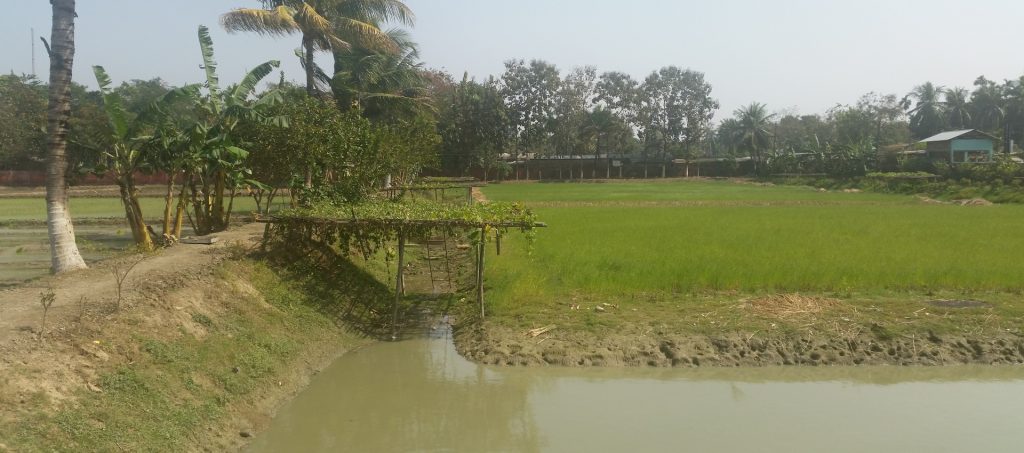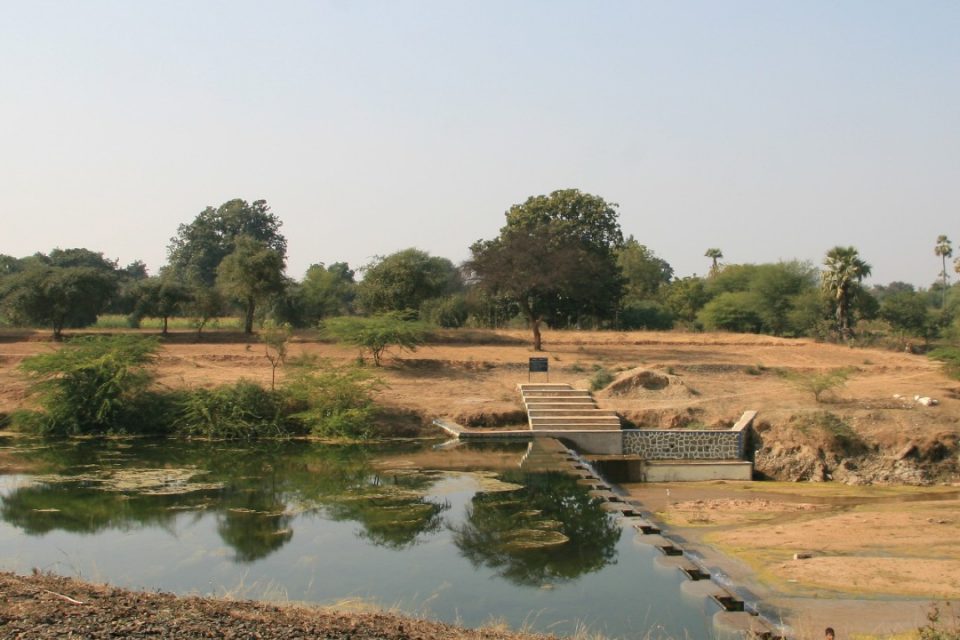It is quite a statement to place permaculture at the cutting edge of water resources management. Afterall, permaculture is little more than a set of design principles. But I think I have a case.
Permaculture refers to practices that mimic nature and create self-maintained ecological and farming systems that use few outside resources. In essence, it is all about positioning design elements in a manner that creates beneficial relations among them. Which—and this is critical—should generate a long-term sustainable yield. The premise is that without a yield the system will not be maintained or preserved. The clusters are referred to as beneficial assemblies. The task of the designer is to create a web of benefits that—taken together—creates a yield and thus secures the sustainability of the entire ensemble.
The absence of maintenance and repairs—after an initial investment—is the Achilles heel of rural water resources management. Funds can often be mobilized for investments in small hydraulic structures or other interventions that promote landscape rehydration or capture storm water—for more productive use later. But water is a potent force that will eventually damage and destroy most obstacles in its way. Thus—unless constructed in a very solid way—these structures will require maintenance. And who is going to maintain a check dam, somewhere in the middle of some small stream?
Or who is going to ensure that a small isolated reforested area will not be cut, or overgrazed?
At this point, I think it is important to note that in most tropical landscapes—from arid, to semi-arid, to sub-humid—the constraining factor is not necessarily total rainfall, but the fact that the available water resources are lost without productive use, because of accelerated runoff or evaporation. Thus, our principal aim is to conserve (scarce) water resources in a manner that creates a yield. This is quite possible but often requires small interventions such as check dams, micro reservoirs, leaky weirs, or water harvesting structures, in combination with vegetation.
Many of these interventions, however, are not maintained and eventually fail. And we start all over again….
This is where the beneficial assemblies come in. Rather than building stand-alone structures, interventions must always come in groups, with the waste of one system element transferred into something productive in another. The focus is on the relationships; “the whole becomes greater than the sum of its parts”; in other words: permaculture.
Examples?
Maybe the simplest is a micro reservoir that serves as a fishpond with a downstream garden (in a region with a pronounced dry season). The fishpond provides the (financial) incentive to maintain the reservoir, which provides secure water supply for the garden. Garden produce and waste is used as fish feed. Fish manure fertilizes the garden. The micro-reservoir captures local storm runoff, attenuates the flood regime in the stream and reduces its erosive capacity, increases baseflow and groundwater recharge, and provides water for riparian vegetation during the dry season.

It is easy to picture (many, many) more complex examples. Some beneficial assemblies make use of outside resources, such as a road that serves as a water harvesting structure that attenuates flood flows and slowly channels water to a groundwater recharge area (such as the alluvial riverbed). In this case, the road authorities provide the funds that sustain the system.
This setup—a distributed set of small-scale beneficial assemblies at varies levels: from farm-level to micro catchment to small catchment—could contribute to solving many intractable problems that have long bedeviled water resources management in rural catchments:
- Increasing the productivity of rather abundant but unreliable rainfall
- Landscape rehydration
- Increasing resilience to climate change impacts
- Achieving food security for the rural poor, as permaculture is well-adapted to smallholder farming
- Interdisciplinary and integrated management of water resources at micro and small scales
And it can be achieved without water agency staff, maintenance budgets, government input, models, or data.
Cutting edge, isn’t it!
An excellent explanation of the permaculture principles is presented by Andrew Millison in the below video:
